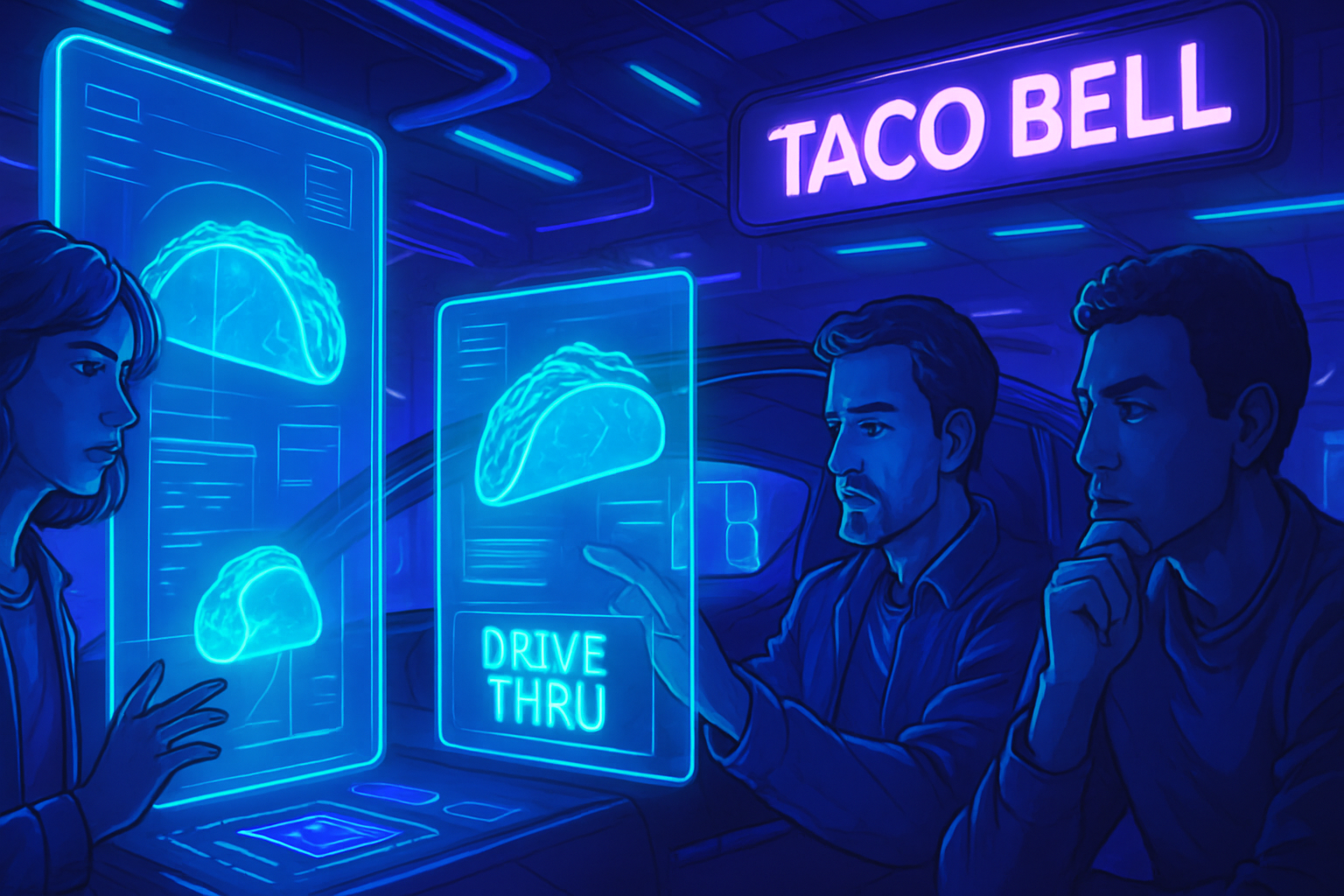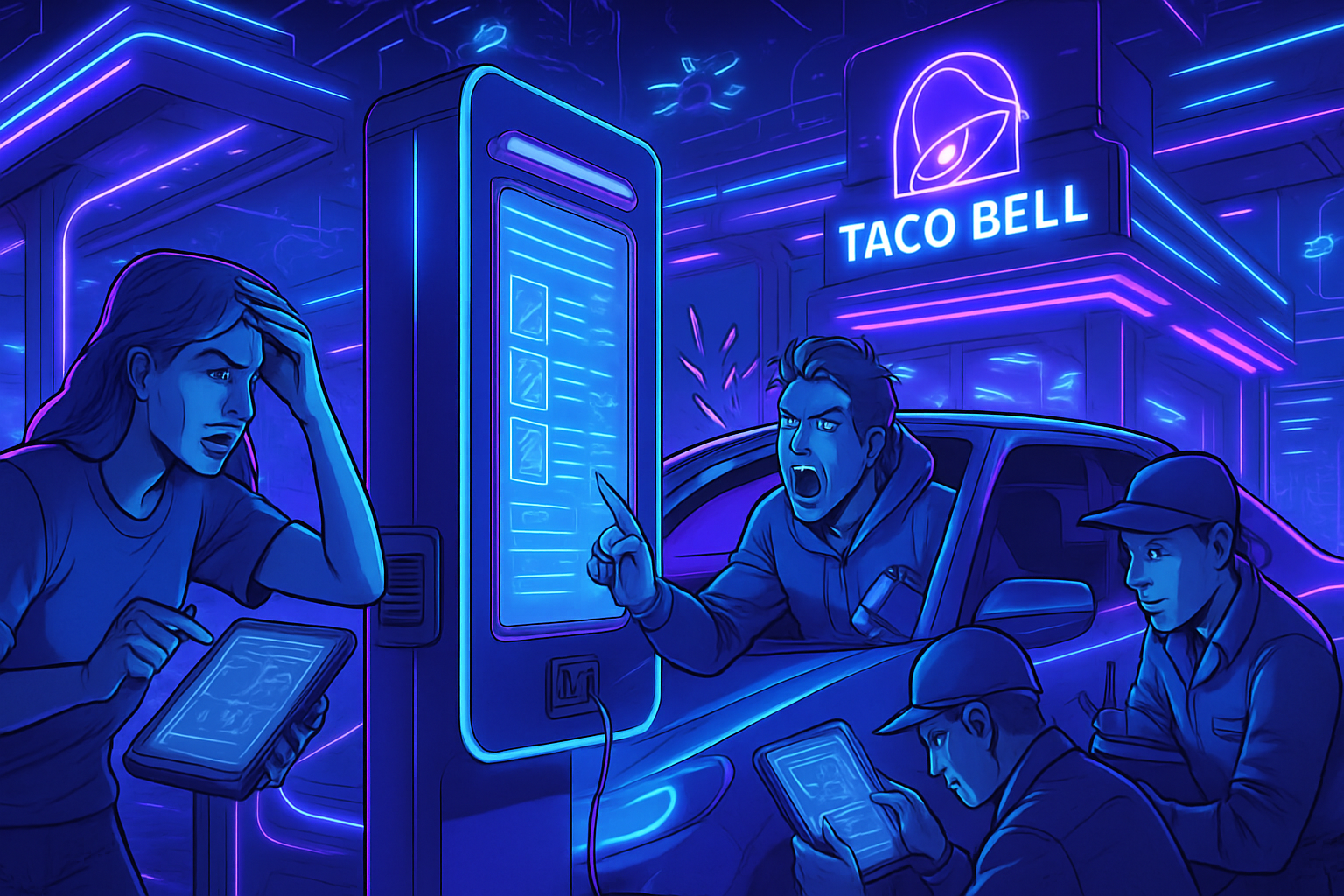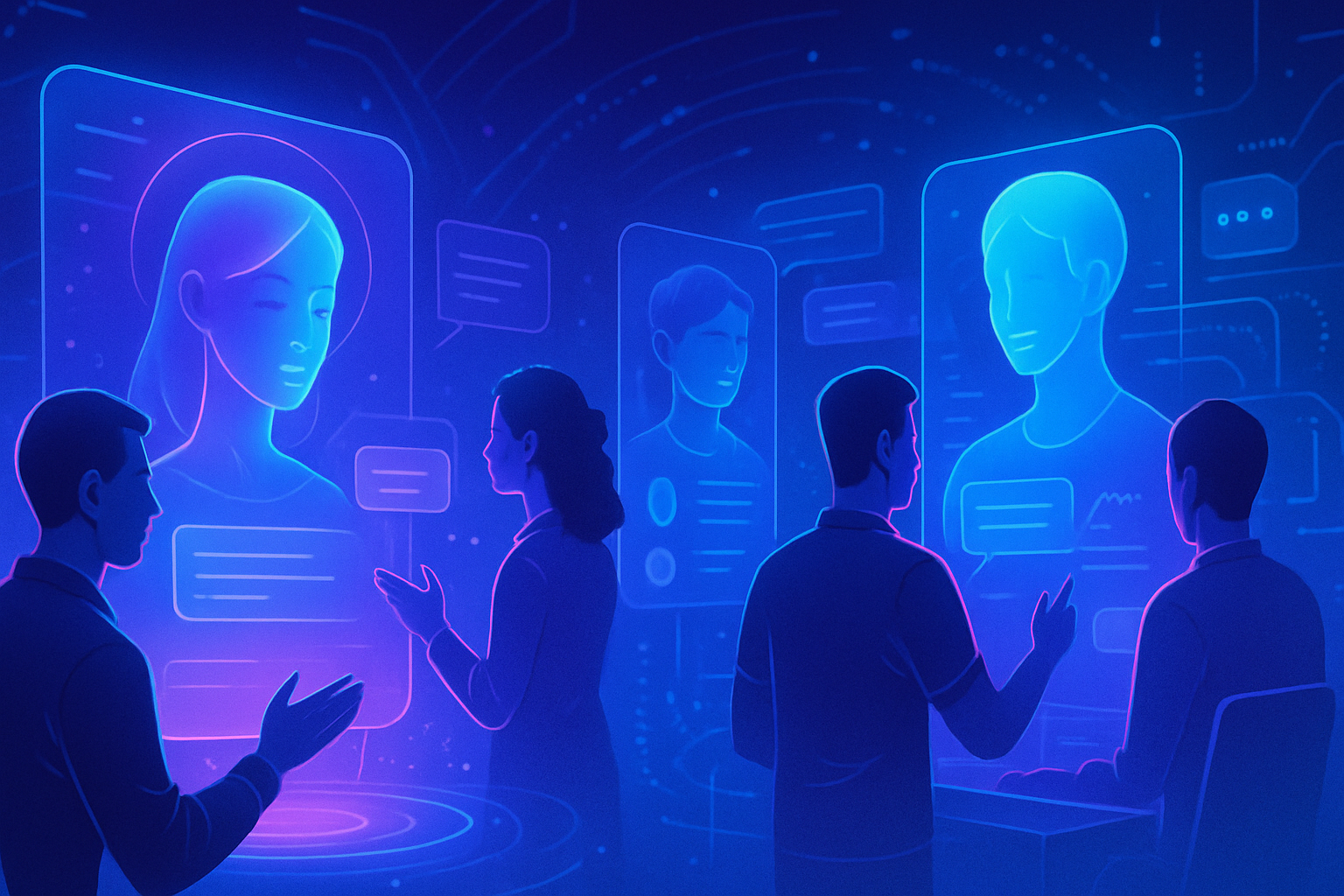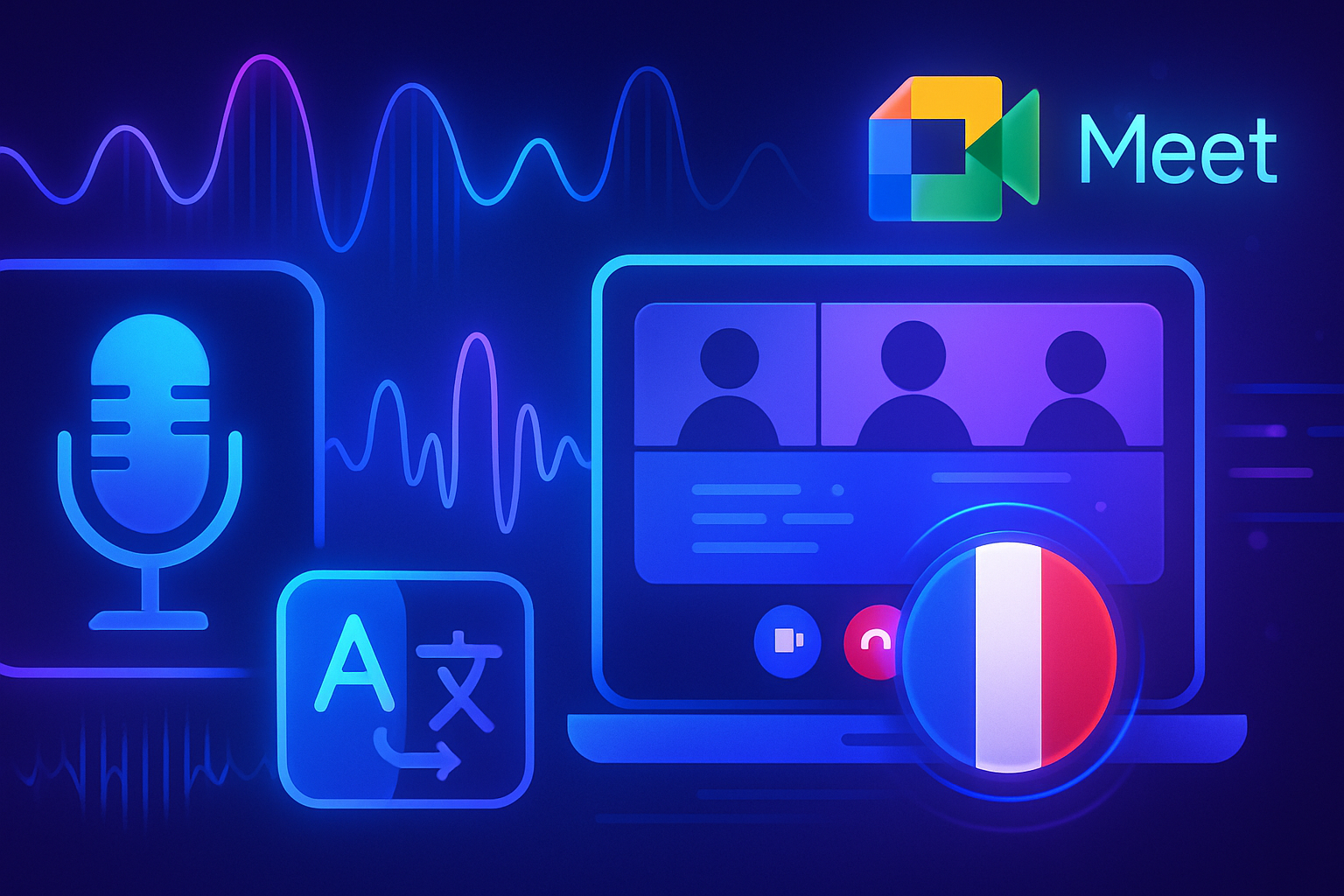The integration of artificial intelligence into the judicial field is sparking heated debates. A man recently chose to use an AI-generated avatar to defend himself during a hearing. This bold choice led to a clash with the judiciary _highlighting the major ethical and legal issues_ raised by this technology. The judge, visibly irritated, refused to accept this atypical approach and ordered him to remove the video. _The legitimacy of AI in courts of justice_ remains a hot topic, questioning human authority in the face of technological advances. This case emphasizes the limitations of AI in situations where humanity and empathy are essential.
An unusual defense in court
An artificial intelligence user recently sparked outrage from an American judge by using a AI-generated avatar to support his defense in court. Jerome Dewald, a 74-year-old man, indeed attempted to bypass judicial requirements by presenting a video in which a virtual character addressed the judges. His surprising approach took place within the supreme court of the State of New York.
The context of the case
Dewald filed a lawsuit against his former employer and was required to submit a video to explain his arguments. At the hearing, he highlighted a fictitious avatar that bore no resemblance to him, an unexpected choice that immediately raised questions among the judges present.
Reactions of the judges
Judge Sallie Manzanet-Daniels expressed her outrage upon discovering that the video was the product of artificial intelligence technology. By requesting to stop the broadcast, she quickly clarified her displeasure, stating: “I do not appreciate being led to believe something false.” The flair of this defense took the judicial panel aback, which absolutely did not expect to receive such content.
Apology plea after the hearing
Following this tumultuous experience, Jerome Dewald took the initiative to write a letter of apology addressed to the court. In this missive, he justified his use of AI by explaining the absence of legal representation. Fearing that he would stutter or stumble verbally before the judges, he made the decision to seek a digital alternative to himself.
The limits of AI in the legal field
This case reflects a growing discomfort regarding the increased use of artificial intelligence in the legal framework. As AI platforms multiply, the question of their legitimacy within judicial processes arises acutely. The implications of such use on the relevance of defense raise ethical and practical concerns.
A precedent that could influence the future
This new incident could have significant consequences for the integration of artificial intelligence into American judicial systems. The distrust among legal professionals could lead to increased regulation to decide on the use of digital tools during proceedings. The stance of the New York court could also inspire other jurisdictions to question similar defense practices.
In the current context where AI plays an increasing role in many sectors, it will be essential to carefully evaluate the approaches employed by claimants, especially when these highlight questions of validity and reliability. This case serves as a reminder that technology, despite its advances, must respect the foundations of law and ethics. For more information on other similar concerns, check the articles on the impact of AI in judicial matters, notably here and here.
Questions and answers
Why did the use of an AI-generated avatar cause discontent among the judges?
The judges expressed their discontent because they had not been informed of the use of an AI-generated avatar, which led to a lack of transparency and seemed misleading.
What were Jerome Dewald’s objectives in using an AI-generated video for his defense?
Jerome Dewald used this video to present his arguments in the best possible way, fearing stuttering and stumbling over his words due to a previous experience.
What was Judge Sallie Manzanet-Daniels’ reaction to the use of AI in this case?
The judge found it unacceptable not to have been warned about the use of AI and immediately requested the video to stop, expressing her displeasure by saying she does not appreciate being deceived.
How did Jerome Dewald attempt to defend himself after the incident?
After the hearing, he sent a letter of apology to the court for having used an AI-generated video, explaining his motivations and unsuccessful attempts to create a digital version of himself.
What implications could this situation have for the use of AI in judicial proceedings in the future?
This situation raises questions about the legitimacy and ethics of using AI in judicial procedures, and could prompt the establishment of more precise rules regarding its use in courts.
What are the risks associated with using AI in a legal context?
Risks include misunderstandings regarding identity and representation, the absence of accountability for AI-generated testimonies, and the possibility of misinformation that could affect judgment and justice.





